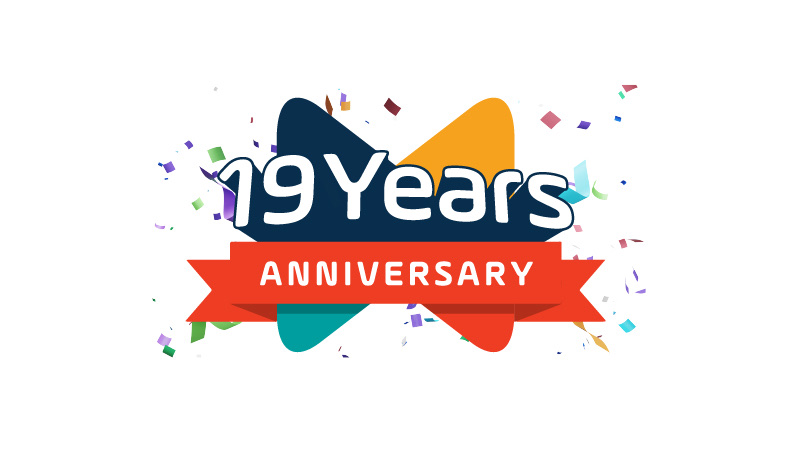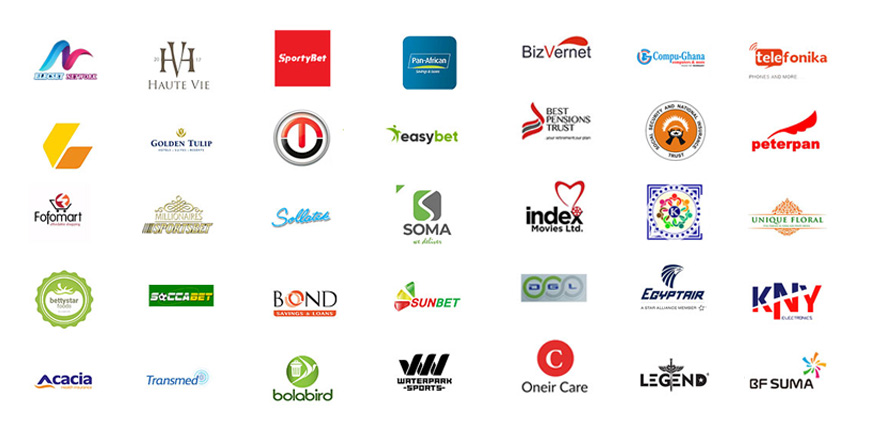Month: December 2015

2015 has been an exciting year at SMSGH in many ways. With the launch of JumpFon Stream, MYtxtBOX.com’s extension to include voice messaging, the celebration of its tenth anniversary, and the growth of the SMSGH team across Ghana, Kenya, Cameroon, and Nigeria, the company is making strides to deliver topmost services to customers.
The year got even more exciting on Friday 18th December 2015, when SMSGH once again reaffirmed its position as a leading brand for technology, value addition, and market acceptance with its recognition as the Overall Best Performing Content Provider and the Top Contributor at the 2015 Meeting with the CEO, organized by MTN Ghana for all Value Added Services (VAS) partners operating via the network’s infrastructure.
The afternoon commenced with an overview of the performance of the VAS business division led by the MTN VAS team. Chief Marketing Officer of MTN Ghana, Cynthia Lumor, led another session on corporate and legal regulations surrounding the provision of content services. She also touched on the outlook for new regulations in the coming year, reminding players in the VAS industry of the importance of strict adherence to NCA guidelines and urging their cooperation in ensuring fairness among providers as well as the protection of consumers. Then followed a review of top performing Content Providers within the 2015 business year.
While we are extremely honored by these prestigious awards, we are even more delighted by the opportunity to enable our customers’ success. SMSGH recognizes the role users played in reaching this level of performance. In this light, the company dedicates the award to its current user base who have remained loyal in patronizing the top services offered.
Partner Sales Manager of SMSGH, Nana Kwame Adu-Gyamfi, summed it up well, saying, “Winning the VAS provider of the year award is a nice way to round off a year in which we had a number of significant milestones. Thanks to our customers for their trust in SMSGH in 2015. We look forward to working together to support their growth in 2016. Thanks also to everyone at SMSGH for all of their hard work in making all of this possible!”
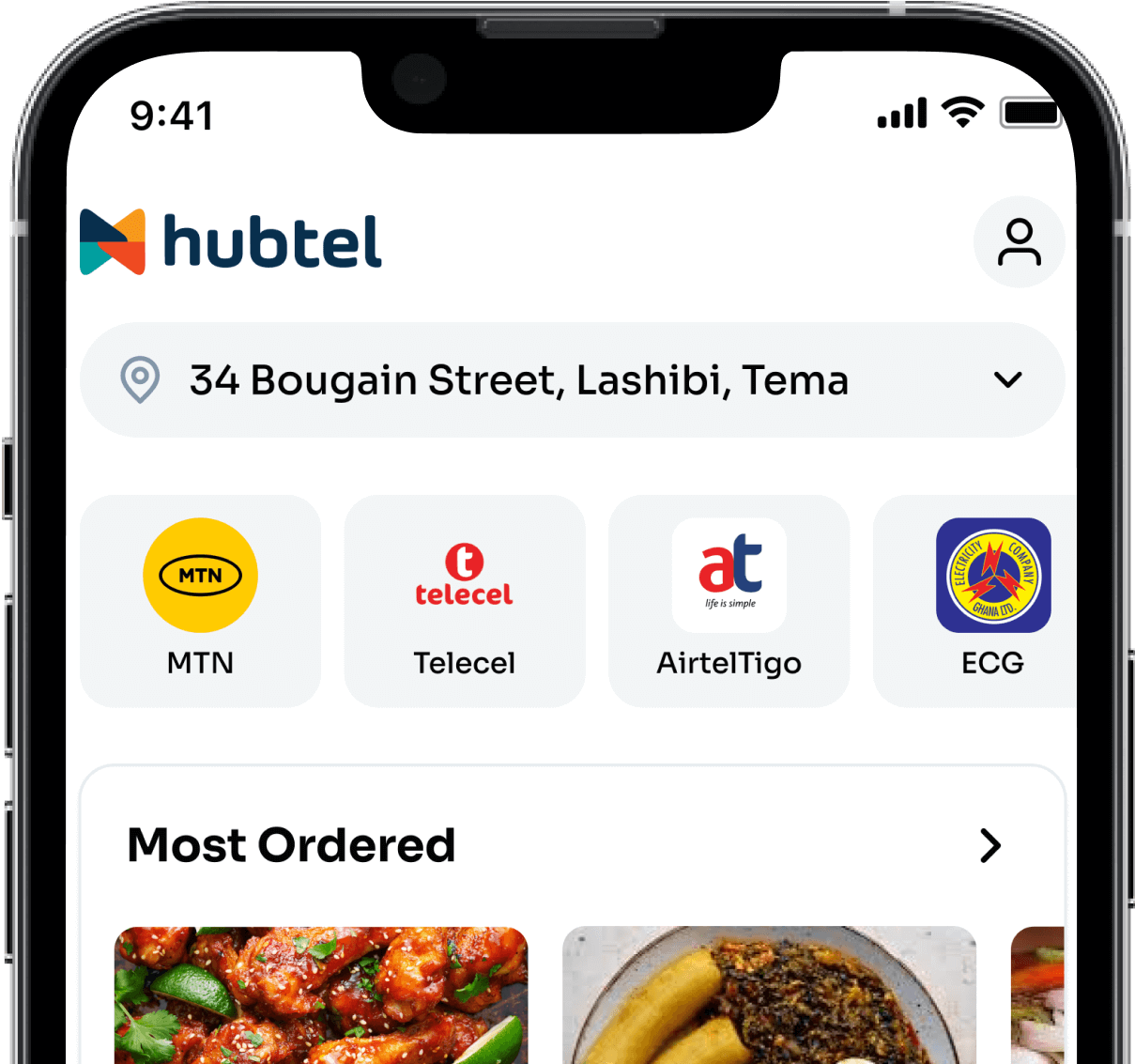
Related
Hubtel Ranked Ghana's Fastest Growing Company for 2022
May 16, 2024| 2 minutes read
May 12, 2024| 3 minutes read
Honoring the Legacy of Our Co-founder Leslie Kwabena Nyarko Gyimah
May 8, 2024| 2 minutes read
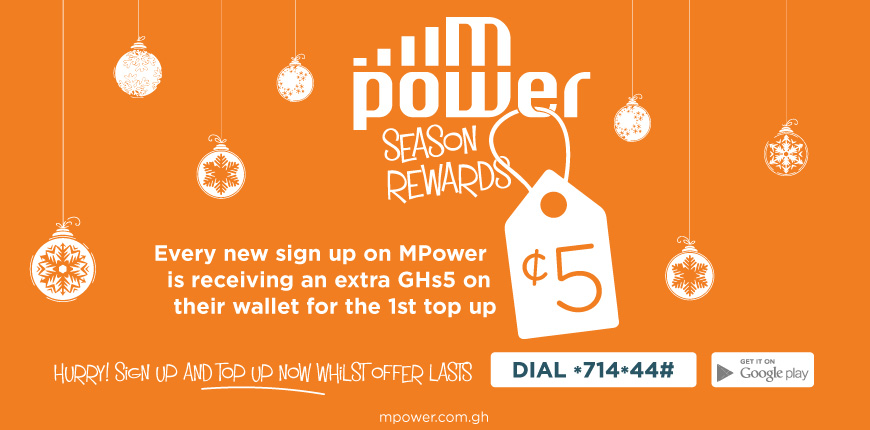
MPower is saying welcome to its new customers in a special way this holiday season. by giving away GHS5.00 free for the first wallet top-up. This means any customer who opens an account on MPower will receive GHS5.00 upon topping up their account for the first time.
MPower is an online payments service in Ghana offering a complete end-to-end web and mobile payment transactions solution to enable consumers and businesses send, spend and receive money. The aim is to redefine payments and transactions in Ghana by empowering businesses and consumers to do more with their money conveniently.
MPower has integrated with major local ecommerce merchants to enable users buy and pay for goods online from the comfort of their homes and offices.
To cash in on this offer, users only need to create an account and top up their wallet with mobile money, bank deposit or debit card.
Creating an account on MPower takes 4 simple steps:
1. Go to www.mpower.com.gh.
2. Click Create an account to sign up.
3. Complete the form and submit
4. Activate the account with the activation code sent to your phone.
With many ways to spend money on MPower one can shop from their favorite online shop, buy airtime and pay bills from the MPower CornerShop. Fees and charges that apply per the various transactions performed are listed on the MPower Service Fees page.
The offer started on 10th December and the first 2000 users to sign up and top up will be receiving the GHS5.00 in their accounts to spend.
Visit MPower today at www.mpower.com.gh or simply dial *714*44#.
MPower is saying ‘Be MPower’ed’ this festive season!

Related
Hubtel Ranked Ghana's Fastest Growing Company for 2022
May 16, 2024| 2 minutes read
May 12, 2024| 3 minutes read
Honoring the Legacy of Our Co-founder Leslie Kwabena Nyarko Gyimah
May 8, 2024| 2 minutes read

The MTN Career Fair is an initiative by MTN Ghana to bridge the career guidance and counseling gap for graduates and final-year students and also assist them in their search for employment. Since its inception in 2013, the fair has been held annually and this year’s event took place at the National Theatre on the 9th December, 2015, from 9am to 4pm.
The event was patronized by thousands of students and unemployed graduates as well as companies from various industries in search of the best talents to occupy available positions in these firms.
The fair opened with a welcome address from the Chief Marketing Officer (CMO) of MTN, Noel Ganson, who said it was a platform for students and young graduates to acquire the knowledge and the necessary empowerment needed to start a professional career and to meet the challenges of a dynamic corporate world.
A key highlight of the event was a presentation on career planning by Ama Benneh, Human Resource Director of MTN; registered participants received guidance on how to write compelling CVs and prepare for job interviews.
Other notable speakers present at the fair included the host of Accra-based Citi FM, Bernard Avle, seasoned speaker, Emmanuel Dei-Tumi, respected author, Comfort Ocran, and the Head of Research and Engineering at DreamOval, Henry Sampson.
Attendees also had the opportunity to meet recruitment agencies and prospective employers for job interviews during the fair.
SMSGH was present at this year’s event to interact with job seekers and to find the relevant talent to join the team.
SMSGH sought various skilled individuals to fill positions in its Technology, Sales, Marketing, and Operations departments. These roles specifically include software development, customer support, copywriting, visual designing, and event management.
Details on open positions at SMSGH can be found on the careers page on the website. Interested candidates who qualify for these roles may apply directly on the page or submit their CVs to [email protected].

Related
Hubtel Ranked Ghana's Fastest Growing Company for 2022
May 16, 2024| 2 minutes read
May 12, 2024| 3 minutes read
Honoring the Legacy of Our Co-founder Leslie Kwabena Nyarko Gyimah
May 8, 2024| 2 minutes read
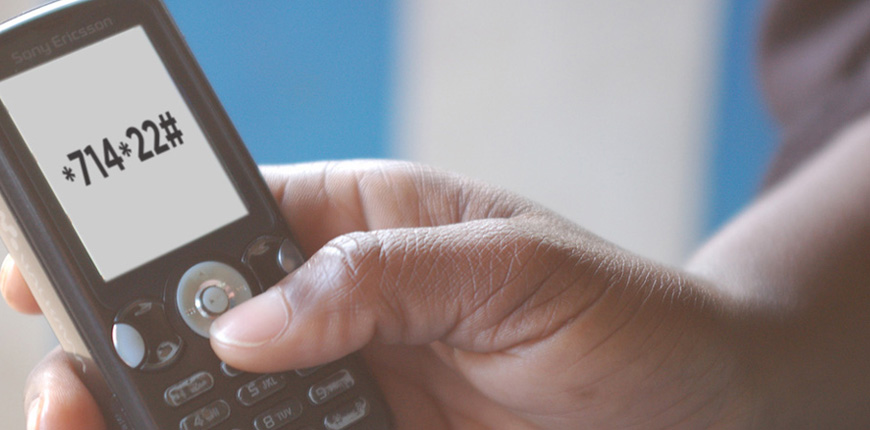
MYtxtBOX Releases New Instant Top-Up Option Via USSD – *714*22#
December 9, 2015 | 2 minutes read
MYtxtBOX has just introduced a new way to top up credits via USSD. This additional top-up option offers users an effective means of purchasing MYtxtBOX credits with mobile money specifically through MTN and Airtel mobile wallets.
MYtxtBOX offers various mobile communication options for brands, businesses, and consumers to engage with their customers and contacts via text, multimedia, and recently voice messaging options.
MYtxtBOX provides a host of options for users to top up credits on their accounts. Before now customers could top-up via 5 main options:
- Direct bank deposit
- Direct mobile money deposit
- Purchasing top-up credits vouchers
- Credit/debit cards
- Payment via MPower
With this new top-up option, users can now perform 2 key functions on the go:
- Check their existing balance
- Top up an amount via Airtel Money or MTN Mobile Money
The top-up process can be completed in 5 simple steps:
- Dial *714*22#.
- Follow the USSD prompts.
- You will receive a payment bill prompt on your phone.
- Enter your mobile money pin.
- Follow the prompt to accept the payment request.
Logging in to MYtxtBOX after this process indicates the new credit balance at the top right corner of the page.
The key benefit here is the ease of the process. It can take place on nearly every phone and does not require internet connectivity. This allows for convenience and a great deal of time, money, and effort is saved. Businesses and consumers can now enjoy the comfort of directly topping up their messaging credits with their mobile devices regardless of location and timing.

Related
Hubtel Completes Biggest Upgrades to Developer Portal
July 24, 2024| 3 minutes read
Hubtel Ranked Ghana's Fastest Growing Company for 2022
May 16, 2024| 2 minutes read
May 12, 2024| 3 minutes read

Five years ago, banking clients in Nairobi had to spend an hour queuing to pay their utility bills. Fast forward to the present day, and these clients can now pay their bills at the touch of a button from the comfort of their home.
The digital economy is creating a watershed moment for the banking industry, and – in many ways – clients in Africa are at the forefront of these changes with their widespread adoption of mobile phones.
High expectations
Across the globe, increasing numbers of people are now accessing financial services from their mobile devices, their expectations set to ‘high’ by digitally native technology players, like Alibaba and Apple.
Client loyalty is built on ease of use, security, 24/7 access and a fuss-free user experience. In banking, it’s about clients being offered the most relevant savings and credit cards, based on their past usage. For example, if you have just received a bonus and are looking to grow your wealth, you will want to be offered an investment product that fits your risk profile.
The lesson for banks is clear: value your interactions with clients – especially via digital channels – and invest in data analysis. Clients will be loyal to a bank that knows them and makes banking convenient and easy.
The race to deliver the best digital client experience is particularly intense in Asia and Africa, where a new generation of young, affluent clients are coming to the fore. The number of middle class households in key Sub-Saharan African countries is set to grow rapidly. These households will be digitally savvy and more likely to embrace new types of financial service providers, including those outside the banking industry.
The future is here
In the past five years, Sub-Saharan Africa has been the fastest-growing region in the world for mobile telephony, paving the way for a proliferation of mobile wallets. In Kenya, around 18 million adults, or 85 per cent of the population, now use mobile money services, such as M-Pesa, Mobikash or Airtel money.
When it comes to digital banking in Africa, things are changing fast too. Imagine sitting in a taxi in Lagos traffic: you log on to your mobile device, and see all your banking activities at a glance. You have a question about what investment options are available to plan for your future, so you press a button to talk to your relationship manager. Via video, your relationship manager links you to an investment advisor, who answers all your questions and gives you options that meet your needs. This will be the norm not too far in the future.
Clients are expecting banks to reverse the service pyramid: instead of being offered digital channels incrementally, they want to receive all services digitally in the first instance.
At Standard Chartered, we are changing our business model fundamentally, to be ‘digital by design’, but we acknowledge that to move nimbly and bring more convenience to clients, we need to partner financial technology companies in niche areas.
In Africa, we have teamed up with mobile payments aggregators, such as Selcom in Tanzania, Cellulant in Kenya, Zambia and Botswana, and eTranzact in Nigeria and Ghana, to enable bill payment on mobile from our clients’ bank accounts; client transactions via this channel are increasing by over 50 per cent annually. We have also made it easier for our corporate clients to make mobile-wallet payments to individuals, whether or not they have bank accounts through our Straight2Bank Wallet mobile app.
Banks need to jealously guard their reputation as trustworthy counterparties and custodians – virtues that are increasingly valuable in a digital economy beset with trust and privacy issues.
There are challenges to getting it right, but the good news for clients in Africa is that they are certain to be the big winners as banks invest to understand and serve them better.
By Karen Fawcett, CEO (Retail Banking, Standard Chartered)

Related
October 11, 2019| 2 minutes read
October 4, 2019| 2 minutes read
The History of Online Shopping
September 20, 2019| 2 minutes read

Fairy lights on Christmas trees can cause slower broadband speeds, according to Ofcom.
The communications watchdog says wireless networks in homes and offices are often set up incorrectly or they’re suffering from “interference” from electronics with wiring like baby monitors and things like microwaves.
Ofcom has launched a free app called Wi-Fi Checker which allows you to test the quality of your signal and ways to make it better.
Here’s our 10-point guide to making your signal strength stronger.
1. Upgrade your router
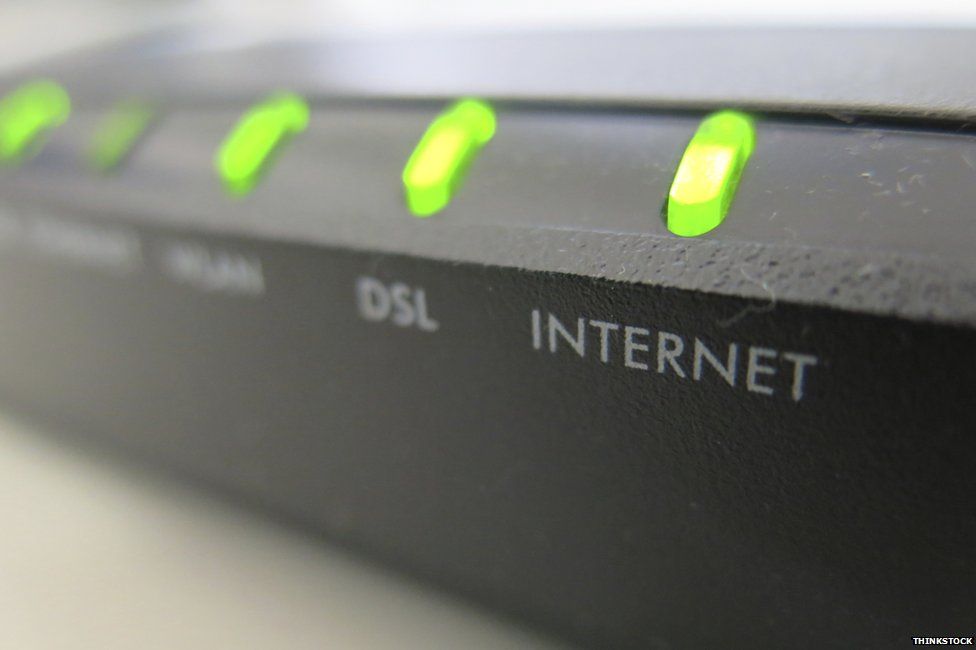
The routers that come with your broadband packages are fairly decent these days.
But if you want a really fast wi-fi connection at home, why not ask for a new router for Christmas?
The latest bits of hardware will make your broadband go further and perform better.
2. Move your router

Probably best to make sure your router doesn’t have a plant on it
This may be common sense to some but the higher up, the better.
So put your router on the top floor of your house if you can, on top of furniture and near the middle of the house. And keep it off the floor if you want a decent signal.
But you’ll obviously have to think about how practical that may be as the router needs an Ethernet cable, power, and/or coax.
3. Change the channel on your router
This one’s a bit more technical, but most routers these days come with dual bandwidths (look in the booklet your hardware came with).
Basically – most routers run on the 2.4GHz frequency – but so do many other household appliances like microwaves, baby monitors, Bluetooth, CCTV, and cordless phones.
If you change to the 5GHz frequency you should have less interference. Your neighbor will also probably still be using 2.4GHz as well, so that’s one less source of interference – or in this case “contention”.
4. Cut down on interference (attenuation)
Lots of things can affect your Wi-Fi signal, which is why Ofcom mentioned fairy lights.

Make sure your cat doesn’t interfere with your signal either…
But any electrical cable can have a negative impact if they’re in the way – as can metal doors, aluminium studs, wall insulation, water (fish tanks, etc), mirrors, halogen lamps, filing cabinets, brick, glass and concrete.
Anything that affects signal strength is actually called attenuation – just so you know.
5. Update your software
Make sure your router has the latest updates.
Software is improved constantly plus the newest mobiles and laptops will obviously connect at higher speeds to a stronger wi-fi signal.
More important though is what’s called Signal to Noise Ratio (SNR) which will actually determine the data speeds at which a device will connect.
Just because you can see five bars on your device doesn’t mean you’re guaranteed high data rates.
6. Think about extenders
Extenders work by pushing your existing signal further. You can use older routers to do this for you, but it’s a bit technical to hack into them.
The easiest thing to do is to buy an extender, or even better, use powerline technology.
That’s when you plug an adapter into your mains sockets and the Wi-Fi is amplified using the electrical wiring in your walls.

Probably best not to use the household wiring if it looks like this though…
Also, if you have an older router with antennas, you can buy better ones.
7. Share with your neighbours?
If you live in a block of flats and get on with your neighbours, you could share a shiny new router.
That way the person at the top of your block (see point two) could beam Wi-Fi into the rest of the building and you share the cost. But if you live at the bottom you may get a weaker signal.
You could also use your phone or laptop as a hotspot or get MiFi.

If there’s someone using lots of bandwidth in the house (we’re thinking gamer or heavy video streamer), you can also use Quality of Service to prioritise what gets the best Wi-Fi signal.
8. Secure your wi-fi
If you don’t like your neighbours, or if you just want a more secure network, use a different Wireless Security Protocol – WPA/WPA2 instead of WEP (this is quite complicated but basically just search for your router online and ask the web how to change it).
Quiz fact: WEP is Wired Equivalent Privacy and WPA is Wi-Fi Protected Access.
You can also limit the number of devices your wi-fi will support with something called MAC addresses (media access control addresses). Again there are lots of self-help guides online.
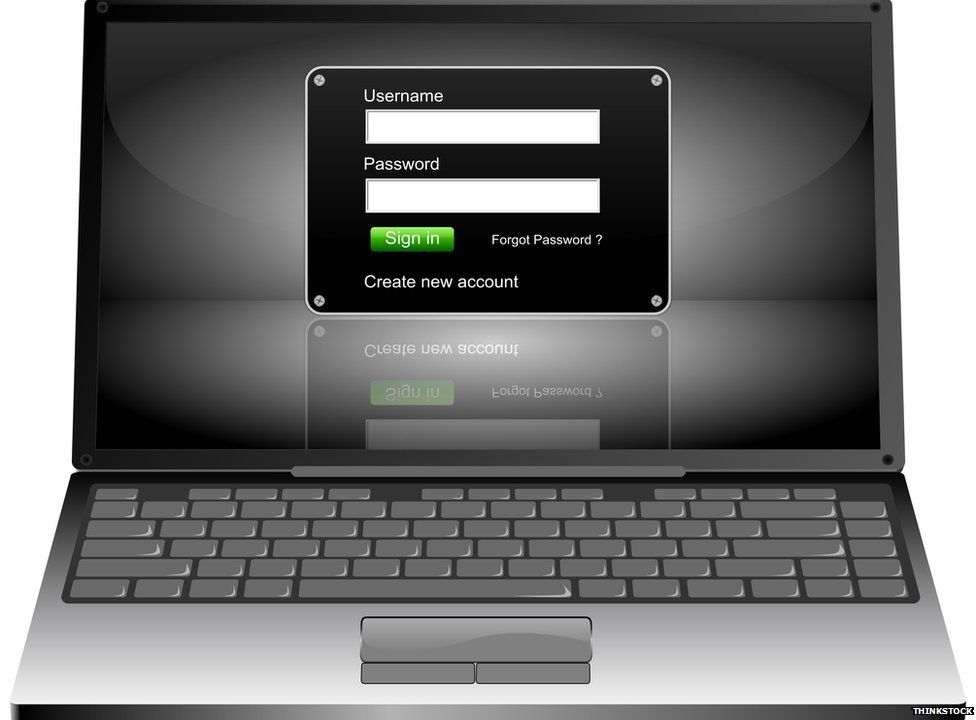
9. Don’t publicise your signal
You know when you search for public wi-fi and it comes up with lots of options (depending on where you live obviously)?
Well, if you haven’t secured your network, other people can obviously use your wi-fi signal.
You can make your network private by adding a password but you can also make it even more secure by going to your administration page and unchecking “Enable SSID Broadcast”.
This will take your signal off most people’s wi-fi smartphone lists but there are apps that can find your “hidden” signal.
10. And if all else fails… use tin foil
This one’s a bit more left field, and seemingly unproven, but seems to work sometimes.

Just get some tin foil from your kitchen, curve it around the back of your router, and away you go.
You may want to download a free Wi-Fi speed-checking app to test signal strength before and after.
People have also used a variety of other metal objects behind their routers from beer cans to sieves and graters. We’ll leave that one up to you.
Credit: BBC Newsbeat

Related
October 11, 2019| 2 minutes read
October 4, 2019| 2 minutes read
The History of Online Shopping
September 20, 2019| 2 minutes read






